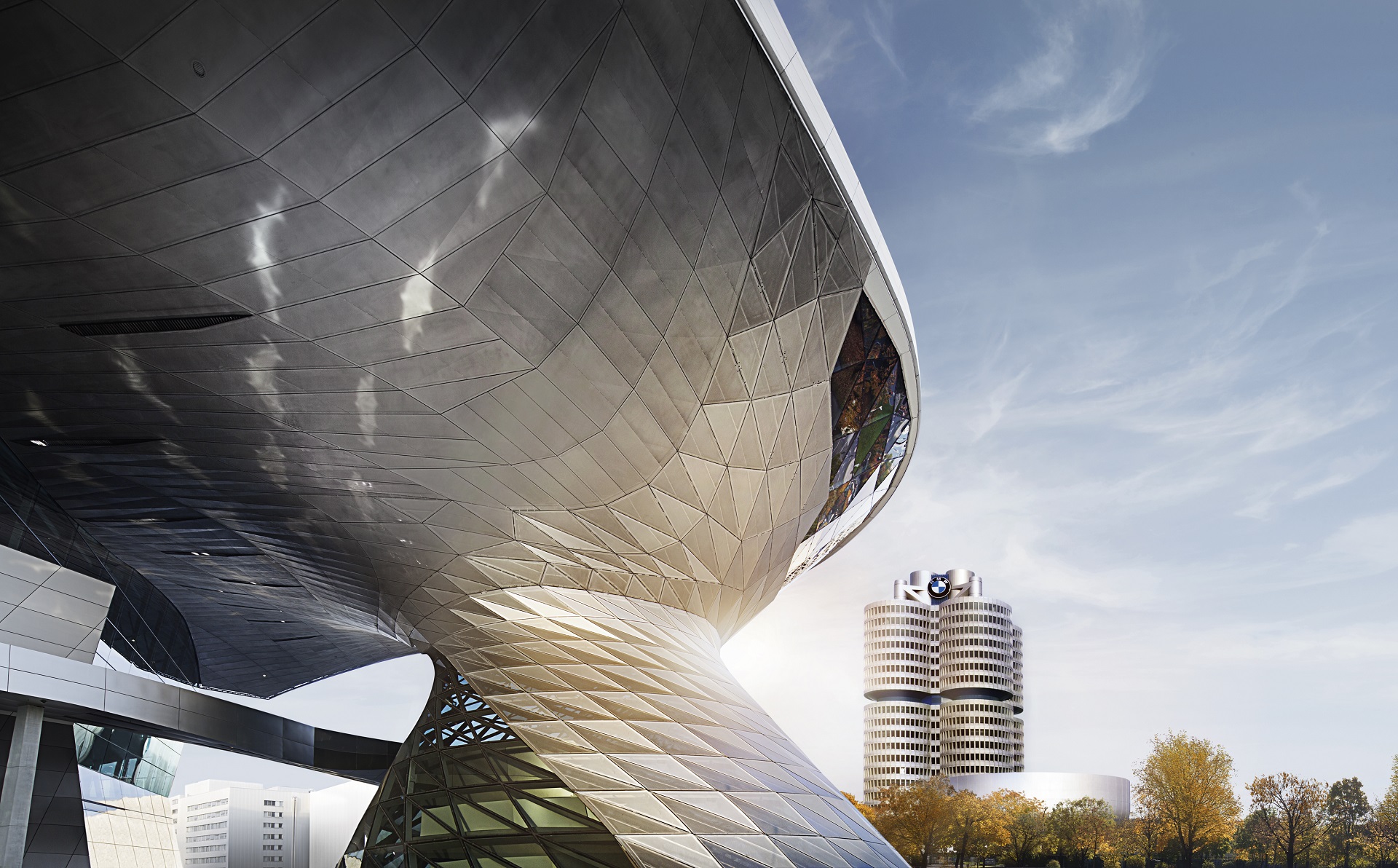As predicted, the number of deliveries for the BMW Group slightly decreased in 2022 compared to the previous year, with 2,399,632 units sold (a decrease of 4.8% from 2,521,514 vehicles in the previous year). However, the company’s order book remained strong, indicating consistently high customer demand. BMW says that tupply chain disruptions, COVID lockdowns in China, and difficulties with the supply of semiconductor components prevented the fulfillment of all orders.
Rolls-Royce posts a sales increase

Out of the total deliveries, electrified vehicles (BEVs and PHEVs) comprised 18.1% (433,792 units), a year-over-year increase of 32.1%. Sales of fully-electric cars rose significantly to 215,752 units, a 107.7% increase from the previous year. Looking at brands individually, BMW sold 2,100,689 cars last year (5.1 percent decrease), MINI reported 292,922 units (3.1 percent decrease) and Rolls-Royce sold 6,021 (7.8 percent increase). The Motorrad division reported an increase of 4.4 percent or 202,895 units.
The BMW Group’s revenues climbed to €142,610 million, a 28.2% increase from the previous year’s €111,239 million. This growth was significantly contributed to by the integration of Chinese joint venture, BMW Brilliance Automotive Ltd. (BBA) revenues, as well as improved pricing for new vehicle sales and the resale of end-of-lease vehicles, and positive product-mix effects. However, this growth was partially offset by BBA’s cost of sales, which was recognized for the first time. The increase in costs for materials, commodities, and logistics, higher refinancing costs due to higher interest levels, and effects from the consolidation of BBA and a larger percentage of electrified vehicles all contributed to higher costs.
The BMW Group’s ongoing transformation is evident in the slight increase in research and development (R&D) spending. According to a press release, R&D costs amounted to €6,624 million, which is a 5.2% increase from the previous year’s €6,299 million. The main drivers of R&D expenditure were new models, including the NEUE KLASSE, and the development of the GEN6 electric drivetrains. Additional investments were also made in the digitalization of the vehicle fleet and the advancement of automated driving technology.





































































